
- Student
- 19/06/2015
People with Protractors Rule! (aka How Engineers Change the World)
When you’re eyeball deep into exams, projects and deadlines and stress has a steely grip around your throat, you might sometimes think: Why, oh WHY, did I choose this area of study? I mean, wouldn’t I be happier as a yoga teacher or pilot? If you’ve ever suffered an existential moment about your given career track, this article is for you. Think of it as a combination pat on the back, fist bump and high five for all that hard work you did the past year and confirmation that one day soon, you too will go out there and make the world a better place.
While you might not ever build a Hoover Dam or grow a heart in a lab, choosing a career in engineering can be a first step towards doing some pretty monumental, world-changing or, at the very least, interesting projects. Take, for example, the following list of fabulous things engineers have contributed (or are contributing) to the betterment of society. (cue the heroic theme music here)
The Panama Canal
Though this 77-kilometer ship canal - cut through the unforgiving jungles of the Isthmus of Panama - was completed only a little more than a hundred years ago, the idea of shrinking the distance between the Atlantic and Pacific Oceans was a long-held dream for many countries. Indeed, the first plans for a passage were spearheaded by Holy Roman Emperor, Charles V, in 1534 but his surveyors decided the feat was an impossibility. Eventually, technology caught up with ambition and the French arrived on the scene in 1881. Their project, headed by national hero Ferdinand de Lesseps, developer of the Suez Canal, was a disaster mired in engineering problems and tropical disease that cost the lives of 20,000 workers. In the late 1800s, the Americans took over and the canal was eventually finished in 1914. (After another 5,000 workers died completing it.)
The Panama Canal is not only an amazing feat of engineering because of its sheer size - it’s often called the 8th Wonder of the World - but also because of its many ingenious solutions. For instance, it’s filled with fresh water that separates the salt water and flora and fauna of the two oceans while a man-made lake acts as a basin, supplying the canal with water from the surrounding rainforest. To travel from the Atlantic Ocean to the Pacific, the 14,000 ships that use the canal annually must bridge a 26-meter height difference through a series of three locks. Ships pay enormous tolls based on their size and cargo to use the canal (think hundreds of thousands of Euros) but it’s still cheaper than sailing all the way around South America.
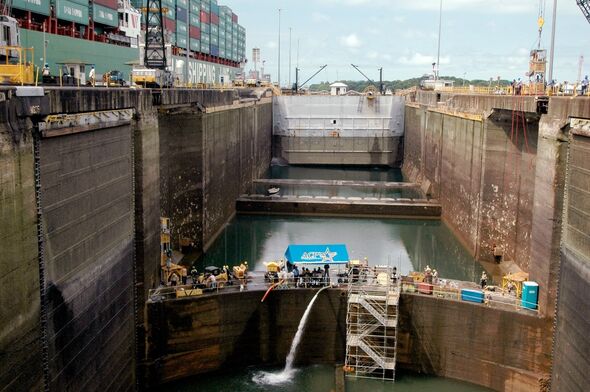
The Palm
The largest man-made archipelago in the world, the Palm Islands in Dubai, is an engineering colossus. Construction started in 2001, and making the islands - named after the shape of the islands, not the plants - involved mainly filling the seabed with sand; 94 million cubic meters of the stuff, to be exact, along with seven million tons of rock. Thanks to the new island chain, Dubai now has an additional 520 kilometers of beaches that will eventually be filled with luxury hotels, high-end homes and theme parks. Only Jumeirah Island is open to the public at the moment and setbacks have stalled the completion of the other island, called Palm Jebel Ali.
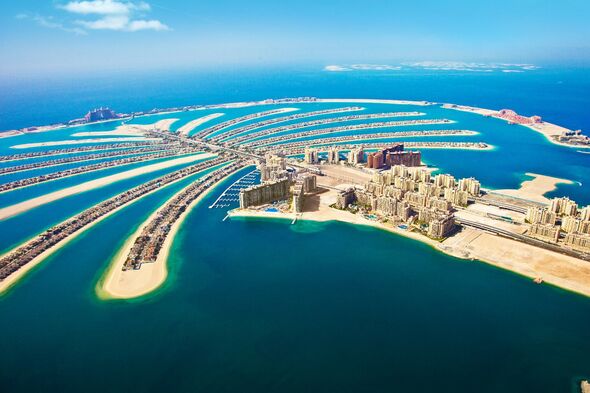
Smart Mobility
Imagine a world where vehicles “talk” to each other. Information zips back and forth between your car, the road infrastructure, and other cars via smart technology embedded into your vehicle’s systems and your mobile phone. Constant, real-time information keeps you updated on anything from imminent potential accidents further up the road to weather conditions to that sleepy driver beside you who’s drifting into your lane. This information will let you know when to brake, when to swerve, and when to alter your route. And in the future, your car will use this information to drive for you, automatically. Though it may sound like the stuff of science fiction, many experts agree that this is what the future of driving will be. There won’t be any accidents, traffic jams will be a thing of the past and our reliance on fossil fuels will dwindle. And at various companies and research institutions around the world - including right here at TU/e - engineers are working to make that future a reality.
Roadways full of self-driving vehicles are still a long way off, but there’s still a lot of cool stuff happening now: from cars that’ll park for you (and get you out of that tight spot afterwards such as the 2015 Lincoln MKC) to Audi’s self-driving A7, nicknamed Jack, that uses six radars, three cameras, and two light detection and ranging (LIDAR) units to analyze the road, choose the optimal path and stick to it while the driver leans back and enjoys the ride, hands-free.
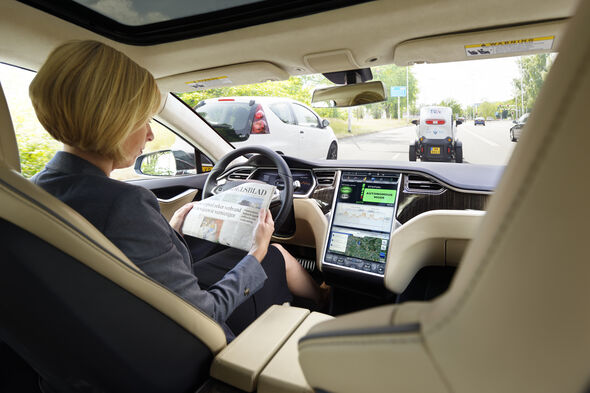
The Large Hadron Collider
The world’s largest and highest particle-energy accelerator has helped change modern physics and took thousands of scientists, engineers and technicians decades to plan and build. Built by the European Organization for Nuclear Research (CERN), the LHC consists of a 27-kilometer ring of superconducting magnets tucked away in a network of underground tunnels near Geneva, Switzerland. Inside the accelerator, two high-energy particle beams travel at close to the speed of light before they smash together - the extreme energy produced by this event creates new, unknown particles. The LHC pushes the boundaries of scientific knowledge and was built to answer many basic questions of science and the universe. After a two-year hiatus for upgrades, the LHC went back into action in April, 2015.
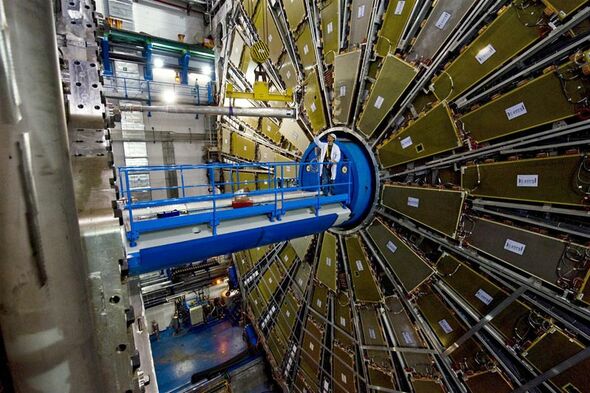
Tissue Engineering
When the Jarvik 7 artificial heart was implanted into retired dentist Barney Clark in 1982, the world heralded the event as an extraordinary medical breakthrough. Since then, artificial joints and organs have become almost common place, extending human life and keeping us mobile, longer.
But implanting foreign objects into our bodies comes with a host of problems, namely rejection. What researchers really want to do - again, including our own Biomedical Engineering Department - is to use our own living cells to produce whole organs or replacement parts. Need a new kidney? No problem, we’ll just grow a new one for you in the lab. Or maybe your child was born with a faulty heart valve? That’s okay. Here’s one produced from her own stem cells that will grow with her heart as she gets bigger.
Though tissue engineering is still a burgeoning field, its first contribution to health care took a big step forward by producing an artificial version of the body’s largest organ - skin. Skin is a difficult organ to transplant because of its inherently strong immune defense system but, at the same time, it has a fairly simple structure, making it a good testing ground for tissue engineers. It’s an incredibly costly process but, today, patients can have skin made to order that combines collagen as a binder with their body’s own living cells. It’s then placed onto a wound, usually a chronic ulcer or a burn, and the cells become activated and gradually integrate with those of the patient. The new technology eradicates the need for anti-rejection drugs because the patient’s body recognizes the new skin as its own.
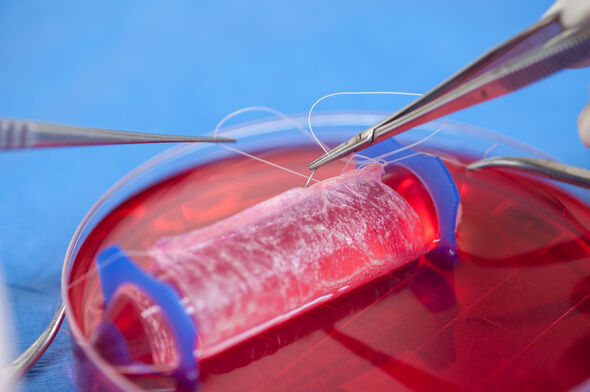
Three Gorges Dam
Want to see some really cool projects that will make the geek in you weep with pride? Go to China. From the Great Wall to the Beijing-Shanghai high speed rail line to Beijing’s elegant Bird’s Nest stadium, the Middle Kingdom is chockfull of bold, bigger-than-life engineering accomplishments.
Take, for instance, the Three Gorges Dam, located on the Yangtze River and one of China’s largest construction projects since the Great Wall. This massive dam is five times the size of the US’s Hoover Dam, measuring at 2.4 kilometers wide and over 183 meters high. It creates a reservoir 660 kilometers long and electricity equal to 18 nuclear power plants for the Yiling District of Yichang. Not only does it produce electricity for the area, it also increases shipping capacity and provides flood storage space. Unfortunately, the dam is also a source of controversy both within China and abroad - its creation flooded cultural and archeological sites and displaced some 1.3 million people.
There… feeling better about becoming an engineer? As you slog through the end-of-year stress of academic life (or begin the angst-ridden quest for your first job) and those little seeds of doubt enter your brain, remind yourself of this one thing: the world is out there waiting for your creativity, your passion and your technical expertise. The world is waiting for you to change it.
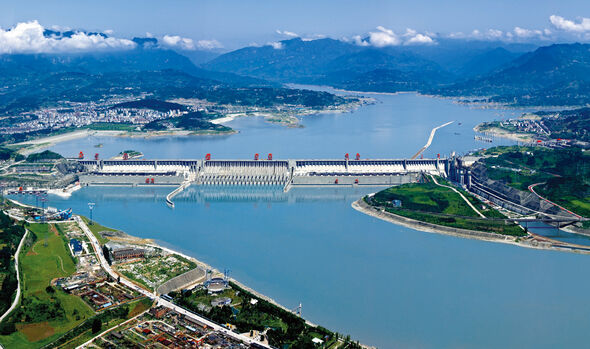
Discussie